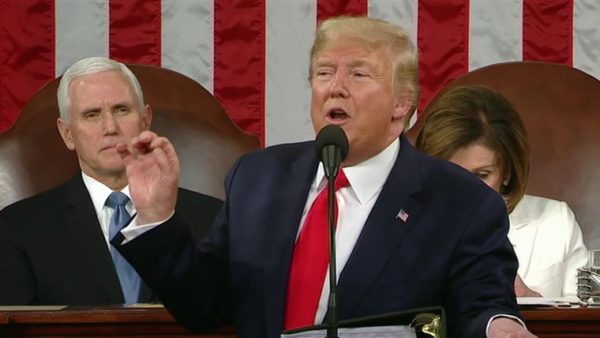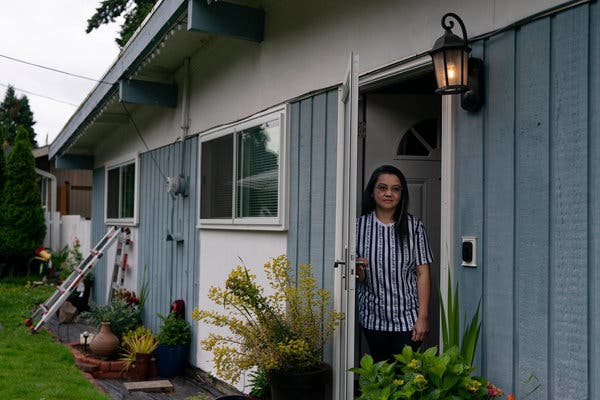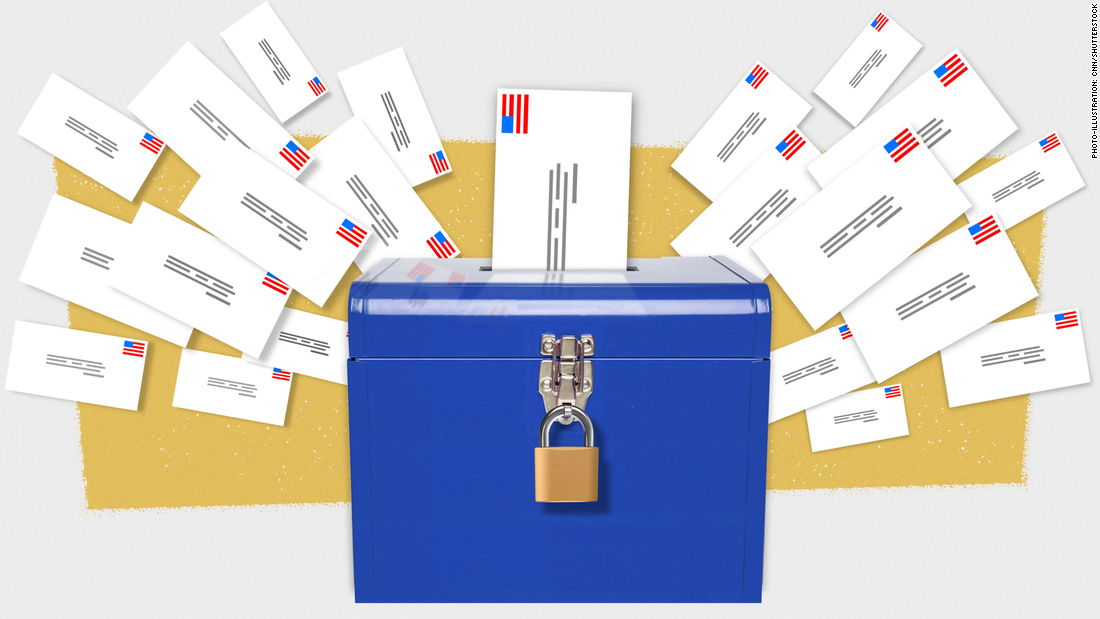In July, US District Judge Jon Tigar halted the Trump administration’s rule that dramatically limits the ability of Central American migrants to claim asylum if they enter the US by land through Mexico. Nearly a month later, the 9th Circuit dialed back the injunction, saying it can apply only to migrants claiming asylum in California and Arizona, states that fall under the 9th Circuit’s jurisdiction.
That ruling handed President Donald Trump a partial win, as the administration works to usher forward its immigration agenda. But it’s unclear how long the administration will be able to hold on to that victory.
“I do think I have the authority to make a clear ruling in favor of my prior injunction as it was issued, if I believe the record supports that ruling,” Tigar said in a hearing Thursday.
Over the course of an hour, Tigar walked through what he believed the 9th Circuit’s ruling to mean, saying there appeared to be some ambiguity.
Read More
“I take (it) to say, ‘Judge Tigar, you seem to assume in a situation like this a nationwide injunction is appropriate. You shouldn’t make that assumption. Please explain yourself,’ ” the judge said.
The American Civil Liberties Union, which is challenging the asylum rule along with other groups, outlined the additional evidence it provided to shore up its case against the rule. The Justice Department lawyer pushed back against that evidence, saying it still didn’t meet the “tremendous burden.”
The asylum restrictions are one of many policy changes the Trump administration has had challenged in court.
The rule, which was issued from the Departments of Justice and Homeland Security in July, would prohibit migrants who have resided in or traveled through third countries from seeking asylum in the US, therefore barring migrants traveling through Mexico from being able to claim asylum. The new rule would severely limit who’s eligible for asylum.
Immigrant advocacy groups have claimed the rule is unlawful and leaves migrants in harm’s way.
The Trump administration, however, is trying to push forward with the rule. Late last month, the administration asked the Supreme Court to allow the rule to go into effect nationwide while a lower court ruling blocking it is appealed.
The Supreme Court has yet to act on the request.



